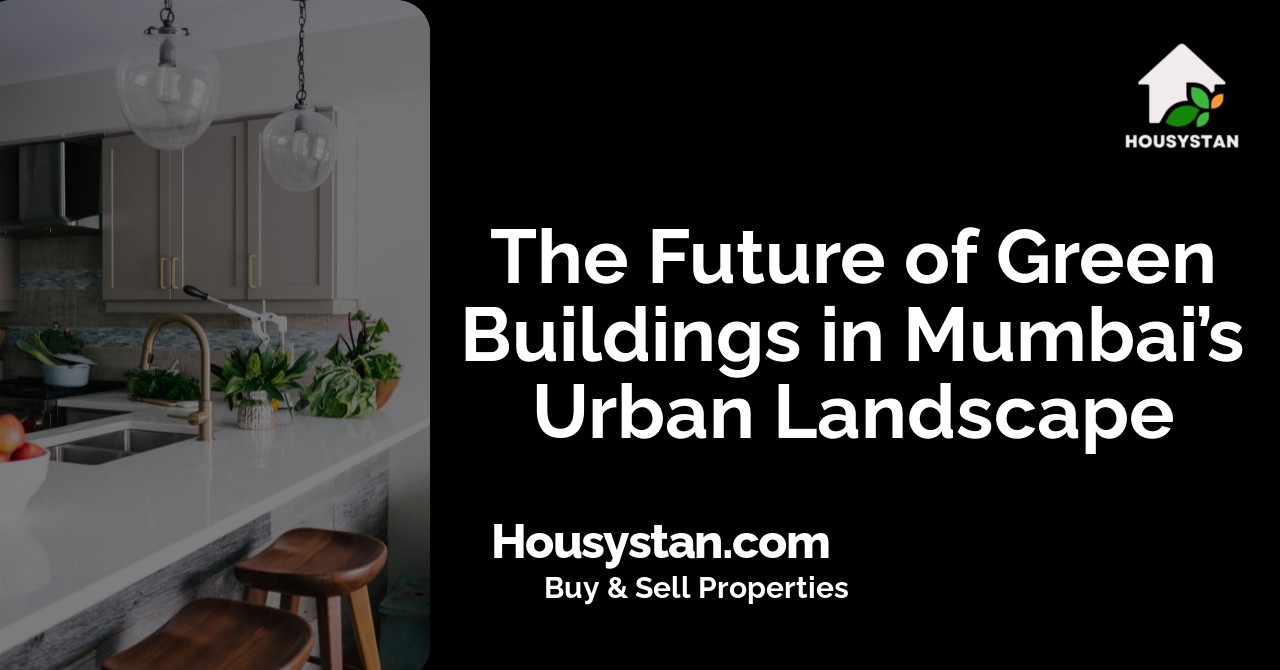The Future of Green Buildings in Mumbai’s Urban Landscape
Read latest blogs and articles from Housystan

The Information mentioned here was last updated on:
4/12/2025The future of green buildings in Mumbai’s urban landscape is poised for remarkable transformation as the city embraces sustainable development. As one of India’s most vibrant metropolises, Mumbai faces unique challenges related to population density, pollution, and limited space. However, innovative green construction practices are quickly becoming a cornerstone in shaping a healthier, more eco-friendly cityscape. Developers, architects, and city planners are focusing on energy-efficient designs, renewable energy integration, and the use of sustainable materials to redefine the skyline of Mumbai.
In Mumbai, the adoption of green building standards such as LEED, GRIHA, and IGBC is gaining momentum. These frameworks encourage environmentally conscious choices in construction, from water conservation systems to energy-saving HVAC installations. Rooftop gardens, rainwater harvesting structures, and solar panels are now common features in new residential and commercial projects. These additions not only reduce carbon emissions but also contribute to the overall well-being of residents and workers by enhancing air quality and reducing urban heat.
Government initiatives and local policies are further accelerating the shift towards sustainable architecture. The Brihanmumbai Municipal Corporation (BMC) has introduced incentives for builders who prioritize eco-friendly practices, making it more attractive for stakeholders to invest in green real estate. Mumbai’s unique climate and coastal location also drive the need for climate-resilient infrastructure, including flood-proof foundations and efficient waste management systems. These advancements ensure that properties remain valuable and resilient against environmental risks.
- Verified Tenants/Buyers
- Unlimited Property Listing
- Zero subscription/charges fee
As awareness about environmental responsibility grows, homebuyers and investors in Mumbai increasingly seek out properties with green certifications. Real estate developers are responding by incorporating smart automation, natural ventilation, and low-impact construction techniques in their projects. The integration of green spaces within residential complexes not only promotes biodiversity but also offers a respite from the city’s bustling environment.
Ultimately, the future of green buildings in Mumbai promises a harmonious blend of urban progress and ecological preservation. By prioritizing sustainable design and innovative technology, Mumbai is setting a benchmark for other cities in India and across the globe. The collective efforts of stakeholders, supported by forward-thinking policies, are ensuring that Mumbai’s urban expansion aligns with global environmental goals, paving the way for a greener, more sustainable metropolis.